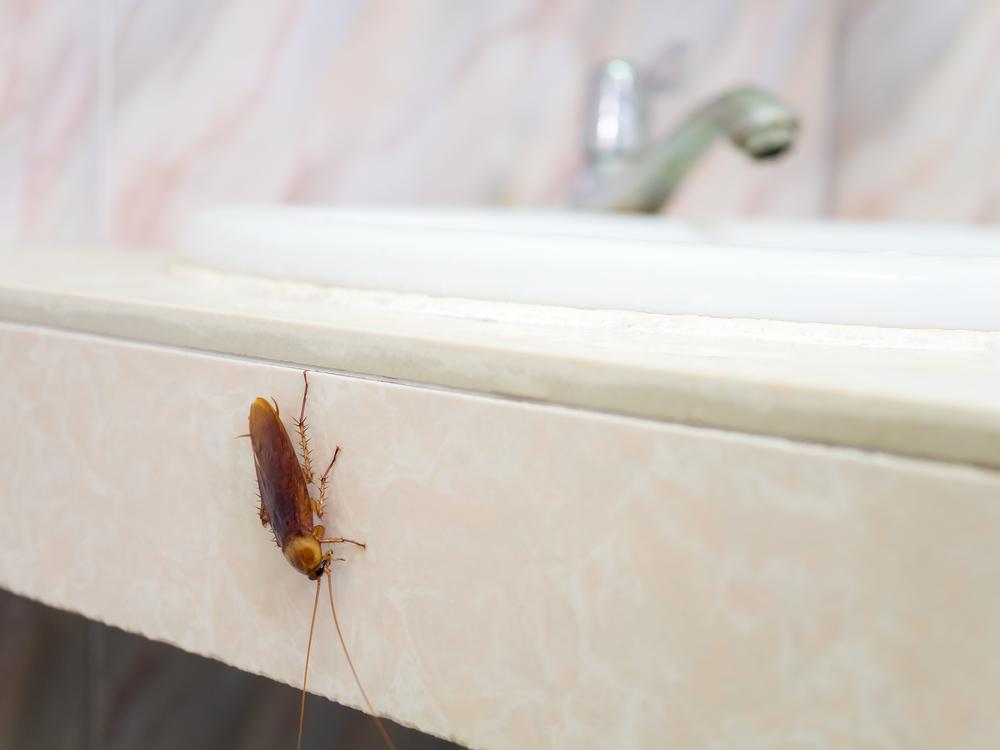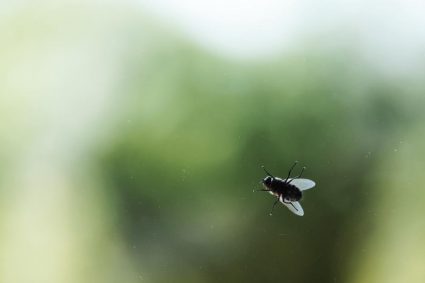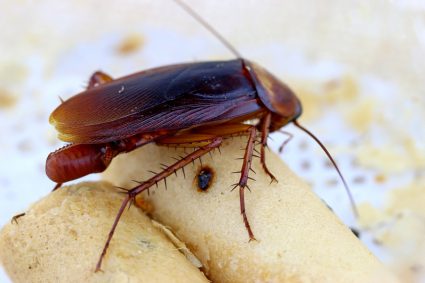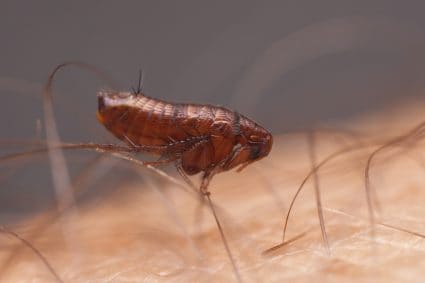
Cockroaches, or roaches, are found everywhere due to their adaptability, resilience, and ability to survive in diverse environments. They are attracted to food, water, and shelter, which can be found in both clean and unsanitary conditions. Roaches can thrive in urban areas, homes, restaurants, sewers, and outdoor environments like gardens. They are also able to survive in different climates, including tropical, desert, and temperate regions.
Roaches are everywhere because they are highly adaptable, able to thrive in diverse environments, and have existed for over 300 million years. They are attracted to places with food, water, and shelter, which are abundant in both clean and unsanitary conditions, and in urban and rural areas. Their high resilience and omnivorous nature also contribute to their widespread presence.
Why Are Roaches So Widespread?
The primary reasons for the widespread presence of cockroaches globally include their high adaptability, ancient origins, and ability to thrive in various environments. Cockroaches are an ancient group of insects that have been around since the Pennsylvanian (Upper Carboniferous) times, with over 4,500 species worldwide. They can adapt to a wide range of habitats and environmental conditions, from Arctic cold to tropical heat.
Cockroaches have a strong vitality and can survive in various environments, including leaf litter, decaying wood, caves, burrows, and even semi-aquatic environments. They are omnivorous and require very little food to sustain large populations. Their feeding mechanisms and breeding habits make them ideal carriers and transmitters of various pathogens, such as bacteria, fungi, viruses, and helminths. Additionally, their feces, debris, and secretions can cause serious allergic reactions in humans.
How Do Roaches Adapt to Different Environments?
Cockroaches are able to survive and thrive in various environmental conditions due to their adaptability and resilience. They have existed for over 300 million years and have developed numerous survival strategies. Some of these adaptations include a wide variety of symbiotic microbes in their guts that help them digest a diverse range of foods, the ability to reproduce in different ways, being fast and agile, the ability to regrow lost limbs during molting, and resistance to radiation.
Common Habitats and Breeding Grounds for Roaches
Cockroaches are highly adaptable insects and can be found in various habitats worldwide, including forests, grasslands, and urban areas. In urban and rural areas, common habitats and breeding grounds for roaches include dark, humid, poorly ventilated, and cramped spaces, basements and crawl spaces, attics, wall voids, and garages and sheds.
The Role of Roaches in Ecosystem
Cockroaches play a substantial role in the survival of the ecosystem by serving as a food source for other species, recycling nutrients, aiding in pollination, contributing to the nitrogen cycle, and acting as decomposers.
How Do Roaches Adapt to Different Food Sources?
Cockroaches are omnivorous scavengers and can adapt to various food sources due to their highly developed sense of taste and smell, as well as their ability to metabolize a wide range of substances. They consume any organic food source available to them, including sweets, meats, starches, hair, books, and decaying matter.
Main Types of Roaches Found Worldwide
The main types of roaches found worldwide include the American cockroach, German cockroach, Oriental cockroach, and Brown-banded cockroach. Each of these cockroach species has different habitat preferences and behaviors.
How Human Activity and Urbanization Contribute to Roach Proliferation
Human activity and urbanization contribute to the proliferation of roaches in several ways. Urban environments provide ample food sources and hiding places for roaches. They can thrive in areas with easily accessible food, water, and shelter, such as homes, apartments, restaurants, and commercial buildings.
Effective Methods of Controlling Roach Population
Some effective methods of controlling the roach population without causing ecological imbalance include sanitation, exclusion practices, monitoring, using insecticidal baits, gel baits, insecticidal dusts, natural repellents, and essential oils.
Most Common Urban Environments Where Roaches Thrive
Cockroaches thrive in urban environments where they have easy access to food, water, and shelter. They are commonly found in densely-populated areas and prefer dark, humid environments.
In conclusion, roaches are everywhere because they are highly adaptable, resilient, and can thrive in diverse environments. They play a crucial role in the ecosystem despite being considered pests. However, with proper sanitation practices and effective pest control methods, it is possible to manage their population without causing ecological imbalance.
Frequently Asked Questions
What are some common diseases transmitted by roaches?
Cockroaches can transmit several diseases including Salmonellosis, Dysentery, Gastroenteritis, and Typhoid Fever. They can also exacerbate allergies and asthma, particularly in children and the elderly.
How long can roaches live without food and water?
Roaches can survive without food for about a month and without water for about a week, depending on the species and environmental conditions.
Why are roaches considered pests?
Roaches are considered pests because they can infest homes and buildings, cause property damage, and pose health risks due to the diseases they can transmit.
Can roaches fly?
Some species of roaches can fly. However, most roaches rarely fly and prefer to crawl or run.
What attracts roaches the most?
Roaches are most attracted to food, water, and shelter. They are particularly attracted to dirty dishes, leftover food, garbage, and clutter.
How can you prevent a roach infestation?
Some ways to prevent a roach infestation include keeping your home clean, sealing cracks and crevices, fixing water leaks, and regularly inspecting and cleaning areas where roaches are likely to hide.












